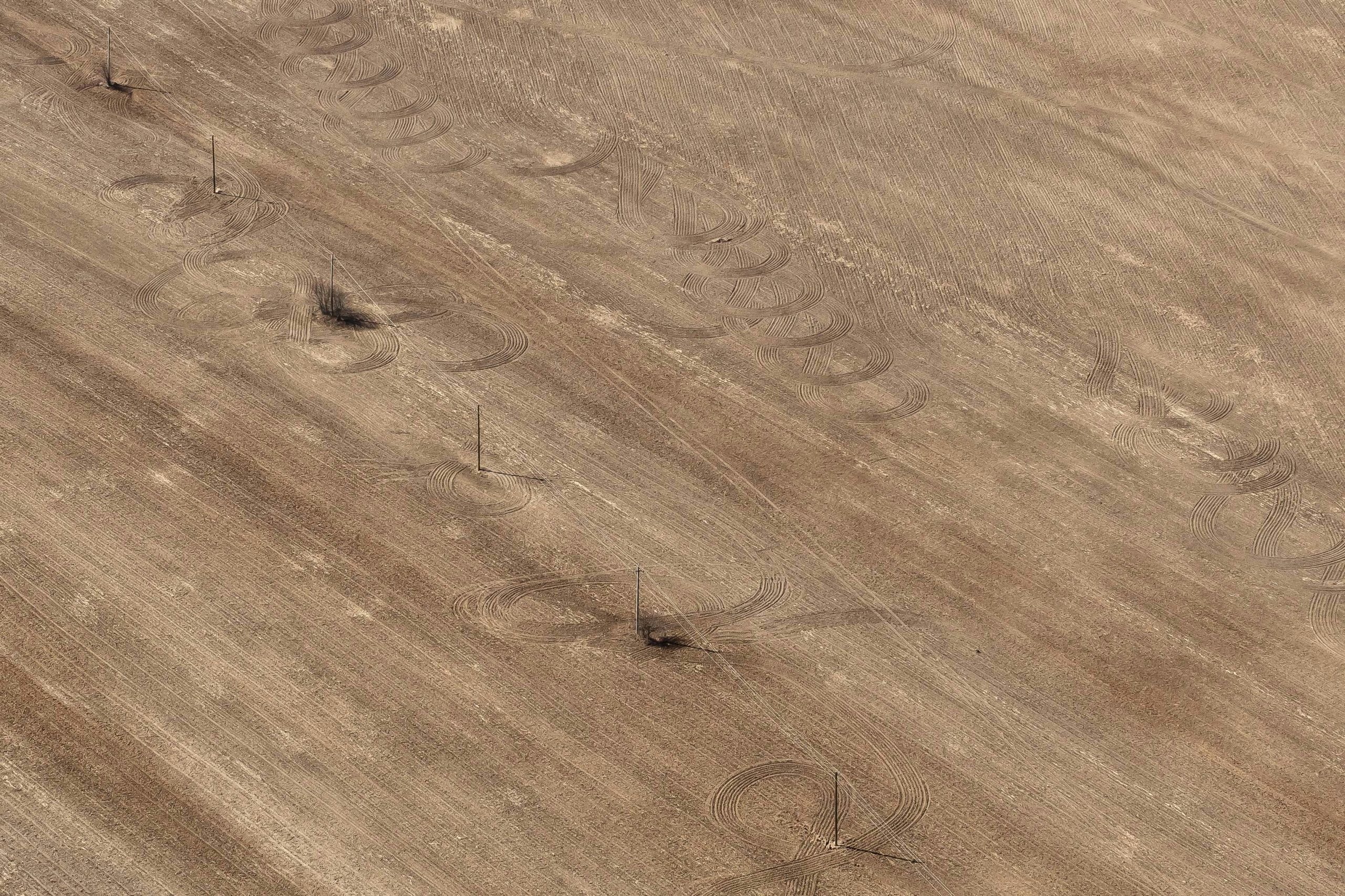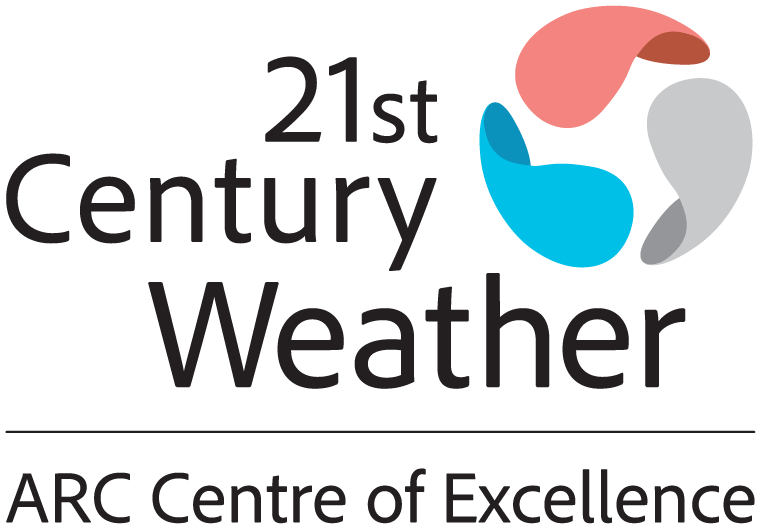
Local extremes, global impacts: Attribution for Loss & Damage
In recent years, the world has been grappling with the growing impacts of climate change, from devastating heatwaves to floods and droughts. Behind the scenes, work has been continuing to determine how we can fairly and accurately support affected communities and countries via the mechanisms of Loss & Damage and impact attribution.
A significant outcome of the United Nations Framework Convention on Climate Change (UNFCCC)’s Conference of Parties (COP) meetings has been the creation of a new fund to support countries dealing with the Loss & Damage caused by climate change.
The L&D Fund, established at COP27 in 2022, aims to provide financial aid to developing countries that are experiencing the adverse impacts of climate change. While discussions on who is eligible for the fund or how it will be distributed are ongoing, the fund continues to spark important discussions about how we can measure and fairly address the losses and damages of climate change.
L&D research and policy development, which includes both scientific measurement of impacts and policy tools like the fund, is complicated by debates around climate justice. This includes discussions on who should be responsible for the damage caused by climate change, as well as issues of compensation and accountability for those harms.
What is L&D?
One of the main challenges in addressing L&D is defining what it means. While the term generally refers to the economic and non-economic impacts of climate change that cannot be avoided or adapted to, the true scale and nature of these impacts vary greatly between countries. There’s also significant debate about which countries should contribute to the fund, despite evidence on the significant contribution of wealthy nations to historical greenhouse gas emissions.
Although the fund is not meant to be a compensatory measure (meaning it does not directly offer compensation for damages), it does recognise that financial support is needed after both slow onset and extreme climate events. This support would cover activities like rehabilitation, recovery, and reconstruction.
In work published in the journal Environmental Research Letters, PhD student Camille Mora of the Climate Change Research Centre at UNSW and the University of Sydney, together with an interdisciplinary team, explore the potential of ‘impact attribution’ – the science of linking extreme weather events to human-driven climate change – to look beyond local impacts in seeking to ensure loss and damage quantification is not underestimated.
Impact attribution
Impact attribution is the process of measuring the effects of extreme events caused by human-induced (anthropogenic) climate change, rather than just looking at changes in weather patterns or hazards alone (which is called ‘event attribution’). This process involves multiple steps and models to estimate the connection between climate change, a specific weather event, and the impact it causes.
Unfortunately, there are very few studies on how extreme events affect human systems (like infrastructure, health, or agriculture), especially in the countries that are likely to receive L&D funding. This is mainly due to challenges such as limited resources, data, and models. It is important to improve the ability to perform impact attribution in these vulnerable countries.
When it comes to impact attribution, researchers are trying to understand how specific weather events, like heat waves or floods, are influenced by human-induced climate change, and how these events affect local communities and economies. Adding complexity to the mix is the fact that these high-impact climate and weather events can cause a ripple effect across the globe. It’s these indirect impacts that are currently unaccounted for in impact attribution research.
Case study: 2010 Russian heatwave
Global events that cause widespread disruptions have been studied in depth, especially in terms of food supply disruptions. These disruptions, known as food shocks, can lead to serious problems for vulnerable people. Food shocks happen when sudden events temporarily disrupt the supply of goods, causing shortages and price increases. A recent example of this is the Russian invasion of Ukraine in 2022, which caused a major disruption in global wheat supply and led to research on its far-reaching effects.
While studies have looked at how climate-related events affect regions or even the globe, there has been no research that traces how local extreme events linked to human-induced climate change impact the world more broadly, or how this should be included in L&D measurement.
A good example is the 2010 Russian heatwave, when temperatures broke records, reaching extreme heat levels from late July to early August. This heatwave, combined with fires and drought, caused significant local damage. Russia reported 55,000 deaths, major crop losses, over a million hectares of land burned, and an estimated $15 billion in economic losses.
Knock-on effects
The impact on wheat, one of Russia’s key crops, was particularly significant. Because of the heatwave and drought, the wheat harvest was devastated, something that had never happened before during planting and harvesting seasons. This led to a reduction in Russia’s wheat supply, which caused global concern since Russia is one of the world’s largest wheat producers and exporters.
Between June and August 2010, the demand for wheat stayed the same, but Russia’s wheat shortage meant global supply dropped. Wheat prices started to rise as people feared Russia might impose an export ban, which it did in August. This drop in global wheat supply, combined with the export ban, caused global wheat prices to spike through mid-2011.
These price hikes triggered serious indirect effects that demonstrate how local events can have broader consequences. For example, in Egypt, which imports a lot of wheat from Russia, bread prices surged by 300%. This put stress on Egypt’s bread subsidy program, leading to bread riots.
Other African countries, which depended heavily on wheat imports, also experienced increased food prices, while grappling with high levels of undernourishment. This shows how the local wheat supply issue in Russia had wide-ranging impacts, especially in countries that were reliant on imported wheat.
Implementation challenges
The idea of linking local and global impacts seems simple, but it is actually quite complex and requires a lot of collaboration between different fields. One challenge is deciding which impacts from local extreme events are significant enough to affect the global scale. The Russian heatwave shows the importance of capturing these global consequences, but it also demonstrates the difficulty of doing so when policy responses are involved. Other extreme events might cause similar impacts but have not been as widely reported. To explore this, researchers could use trade data and case studies of previous food production shocks, like those caused by extreme events.
While this research focused on the impact of extreme events in more economically developed countries, because the L&D conversation often centres on issues of climate justice between developed and developing countries, it is crucial to also look at impacts in developing countries. Countries like India and Brazil, major producers of rice and corn, have suffered crop losses due to extreme weather. Therefore, improving methods and data collection for impact attribution in the developing world.
The technical challenges are considerable because climate events can cause a chain reaction of impacts through global supply chains, making it difficult to calculate the cascading effects. Researchers will need to consider qualitative approaches and work across different disciplines to address these challenges.
Where to next?
It is still unclear whether and how attribution science can directly influence funding discussions for L&D through the UNFCCC process. For example, having evidence that shows the impacts of extreme events were caused by human-induced climate change could help policymakers identify losses due to anthropogenic climate change. However, making L&D payments depend on having attribution statements may be problematic, especially given the challenges in conducting these studies in many countries.
Examining the indirect impacts of extreme weather is another way attribution science can support loss and damage quantification. It is important that researchers from the social sciences and humanities are involved because they can help define what counts as an indirect impact and explore questions of climate justice – for example, who should be responsible for these impacts and how far our responsibilities extend.
On the practical side, those involved in L&D negotiations at the UNFCCC can help determine if including indirect impacts could change how we define climate change impacts in policy discussions. Together, social science and humanities scholars and negotiators can help ensure the research is both ethically sound and technically appropriate.
Looking ahead, qualitative attribution methods that track impacts across sectors and regions should be pursued. Understanding how climate change affects different sectors and how these impacts spread is important for grasping the full scale of the problem. Although these assessments are complex and difficult, they are necessary for a complete picture of how climate change is reshaping the world.
Ignoring the indirect effects of extreme events would likely underestimate the funding needed for those most affected by climate change, which would be a setback in addressing L&D.
This article was written using a combination of human and artificial intelligence.
